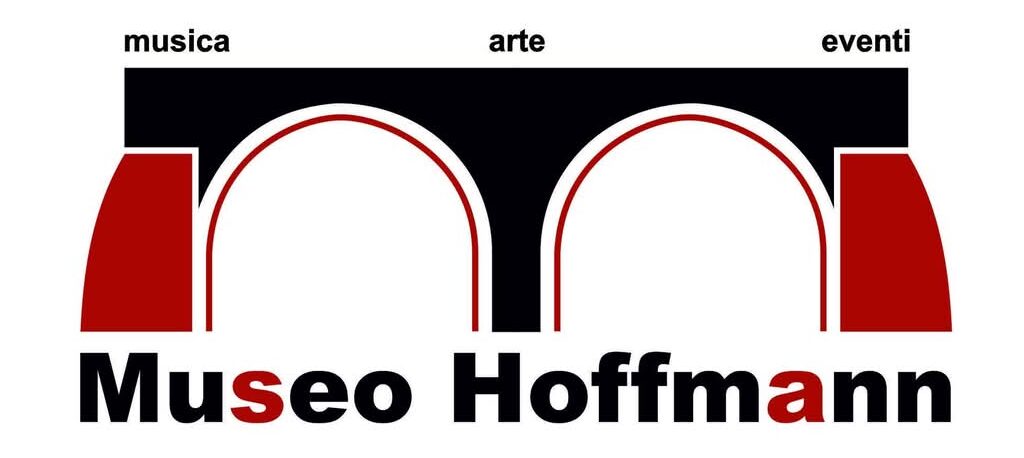Il Museo
Historical Notes
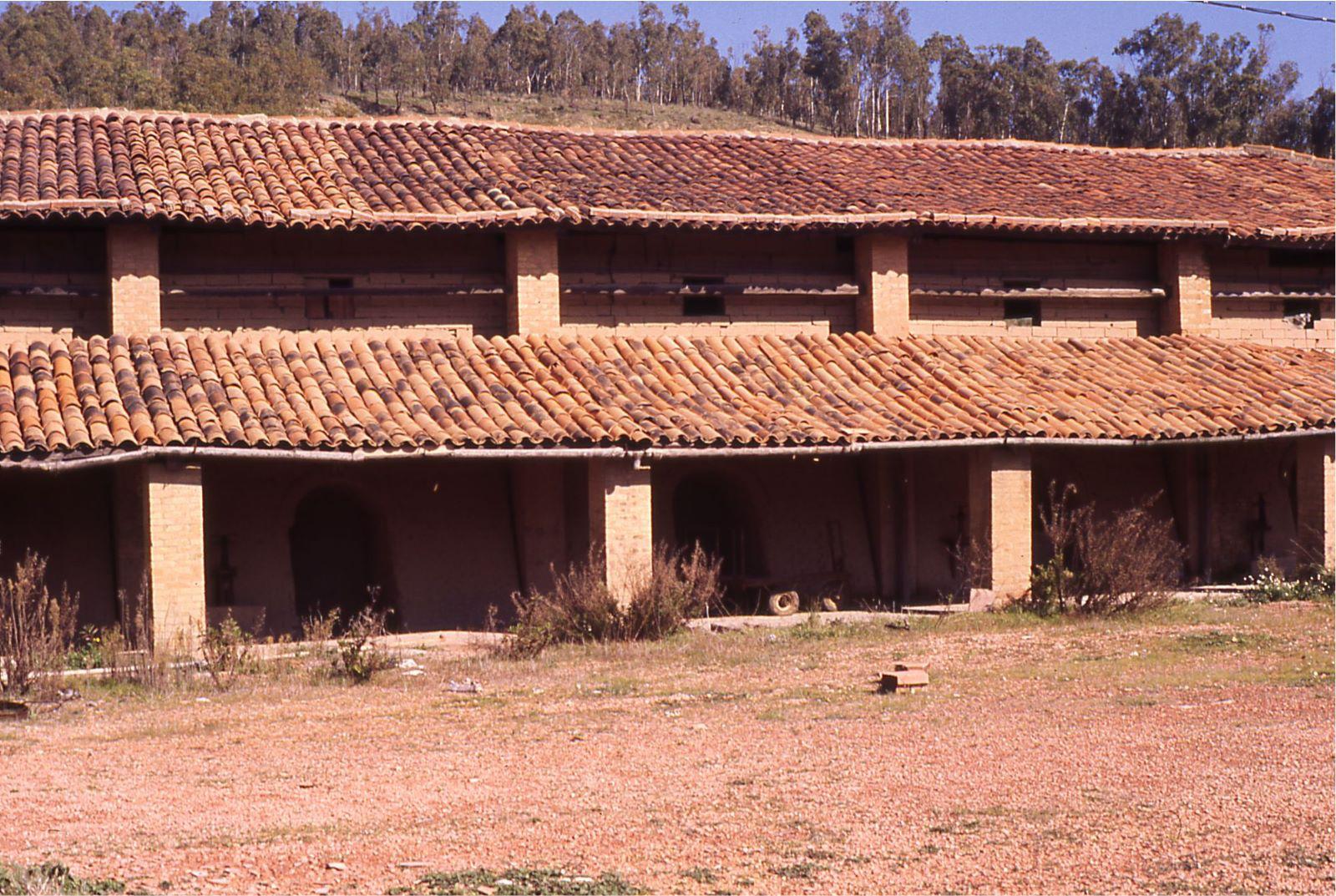
What is the Hoffmann Museum?
A place that tells
The Hoffmann Museum was born in the historic brick kiln built in 1954, active until 1984, a symbol of an era in which the local ceramic and construction industry was flourishing.
Located north of Caltagirone, in a strategic access area to the city, the kiln represented a nerve center for the processing of materials extracted on site, such as clay.
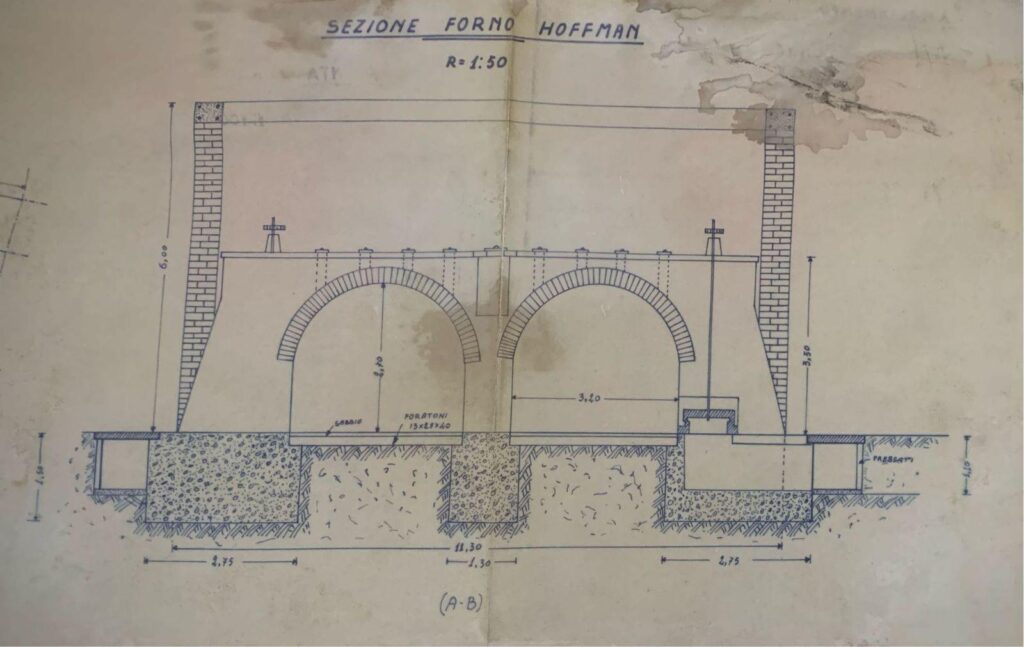
The museum conversion project respected the original identity of the site, maintaining its volumes, materials (solid bricks, iron, bricks) and typical production environments. The conservative recovery was conceived to make the furnace not only a cultural container, but a museum object itself.
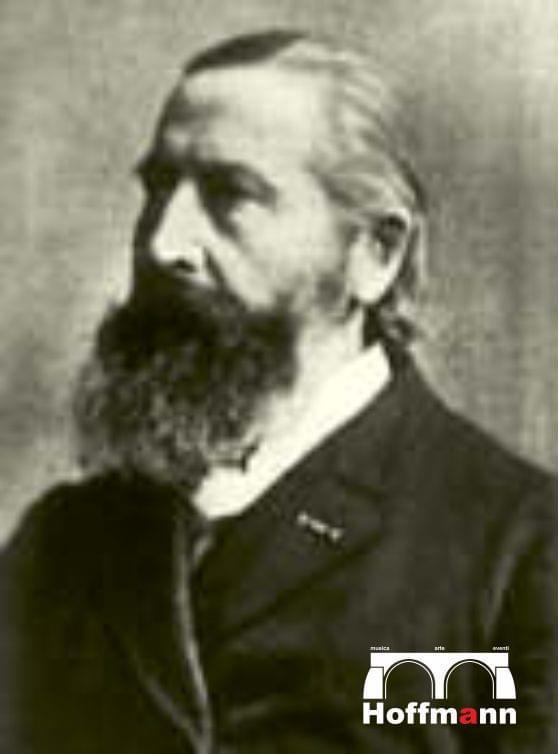
An immersive and multisensory museum
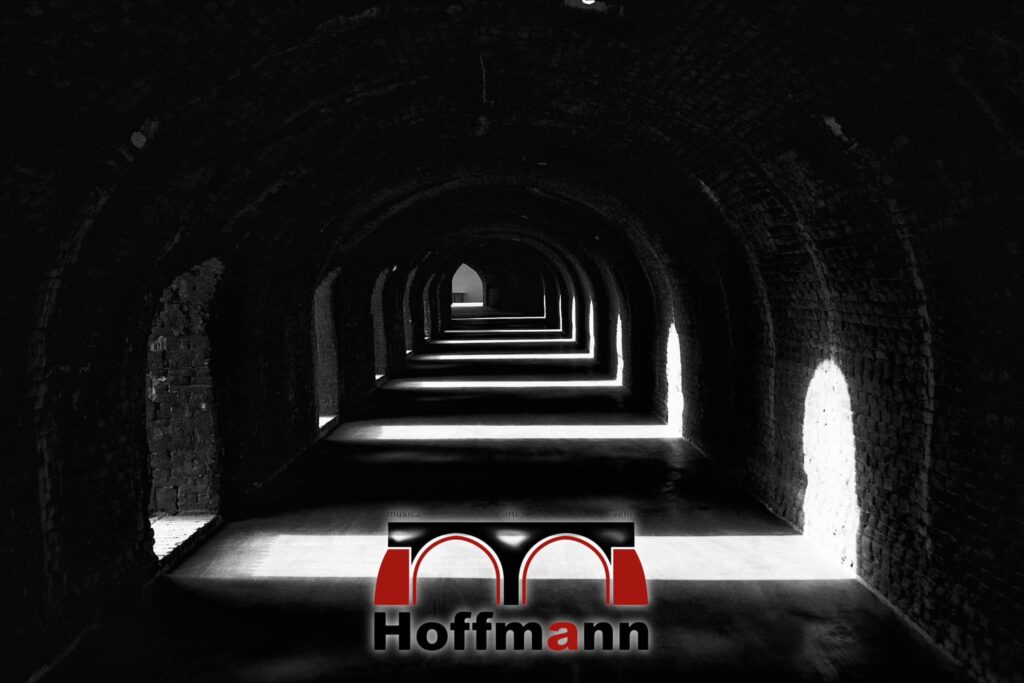
The heart of the project is the immersive room created inside the two original galleries of the Hoffmann furnace. Over 75 meters long, they housed 26 chambers for the continuous firing of bricks. Today, those same chambers are used for:
- video mapping and 3D projections
- sound installations that tell the life and voice of the “stazzunari”
- Augmented reality experiences via mobile apps and onsite devices
- temporary exhibitions that reinterpret industrial space.
A scenic lighting system inserted into the original fuel holes allows to relive the productive spirit of the place, transforming the galleries into a technological theatre of memory.
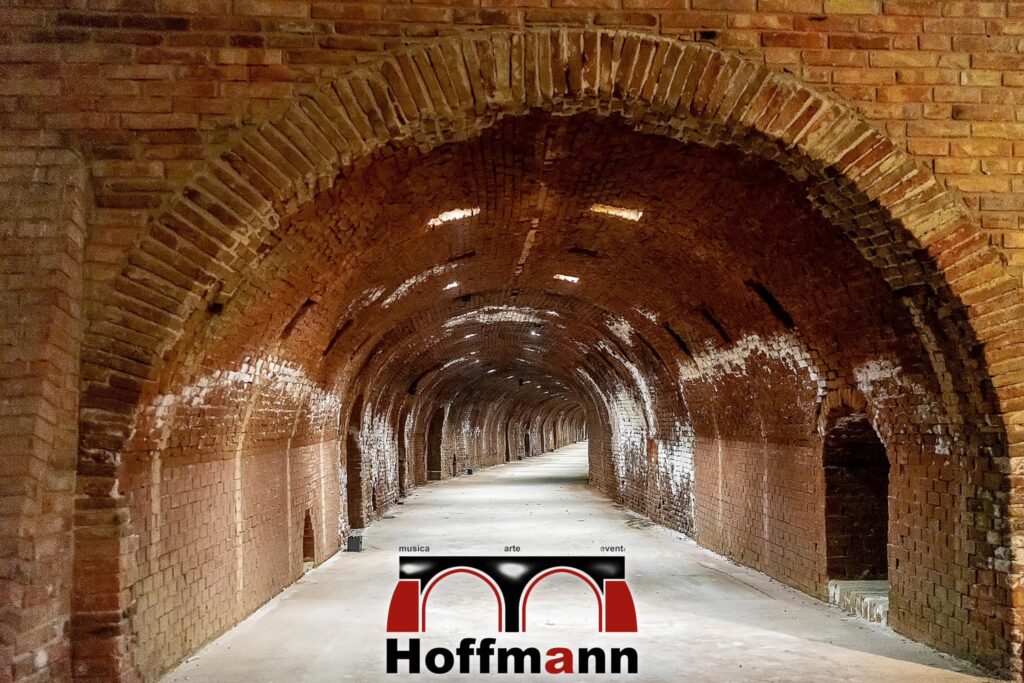
Spaces and services for a new cultural citizenship
- a conference room (345 m2) designed with calibrated acoustics
- a library and teaching room (over 100 m2)
- a panoramic café with terrace, overlooking the San Giorgio Park
- a panoramic lift that connects the central tower to the terrace, making the entire structure accessible to people with motor disabilities
The materials chosen – oak, lava stone, glass, metal – define essential but warm environments, where the industrial aesthetic dialogues with contemporary functionality.
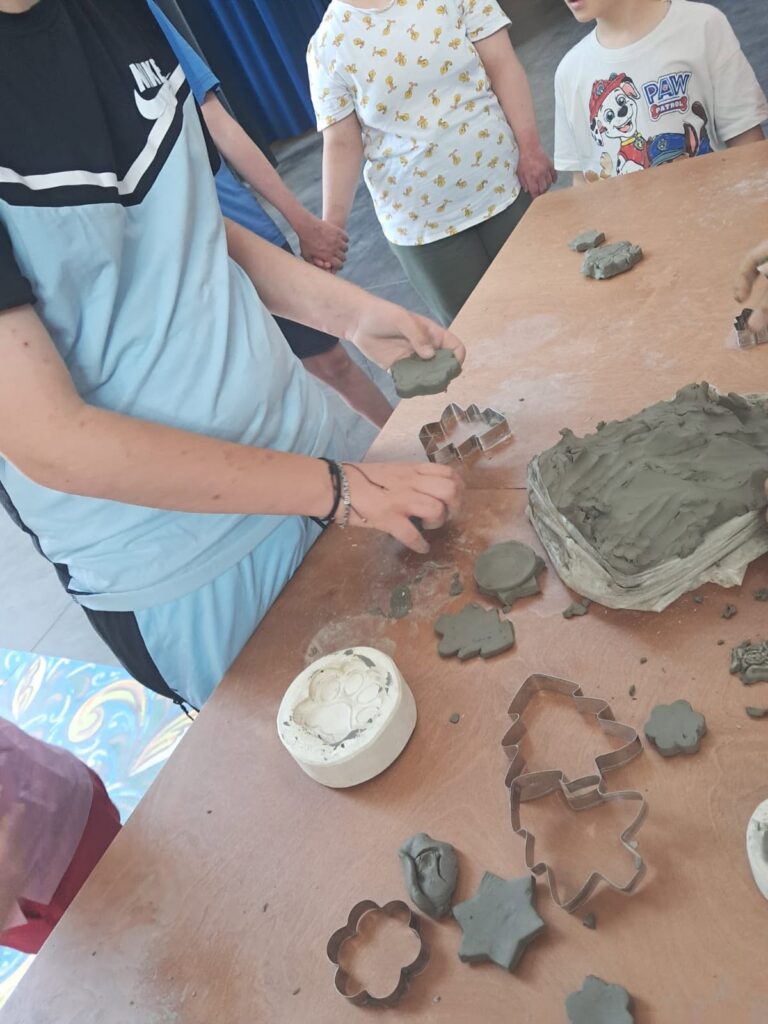
A living educational center: teaching, schools and laboratories
- experiential workshops on clay processing and shaping.
- tactile paths for students with BES and visual impairments.
- interactive and digital experiences on historical cooking, decoration and design techniques.
An entire wing is designed to accommodate school visits, with modular spaces, mobile seats and multimedia stations
